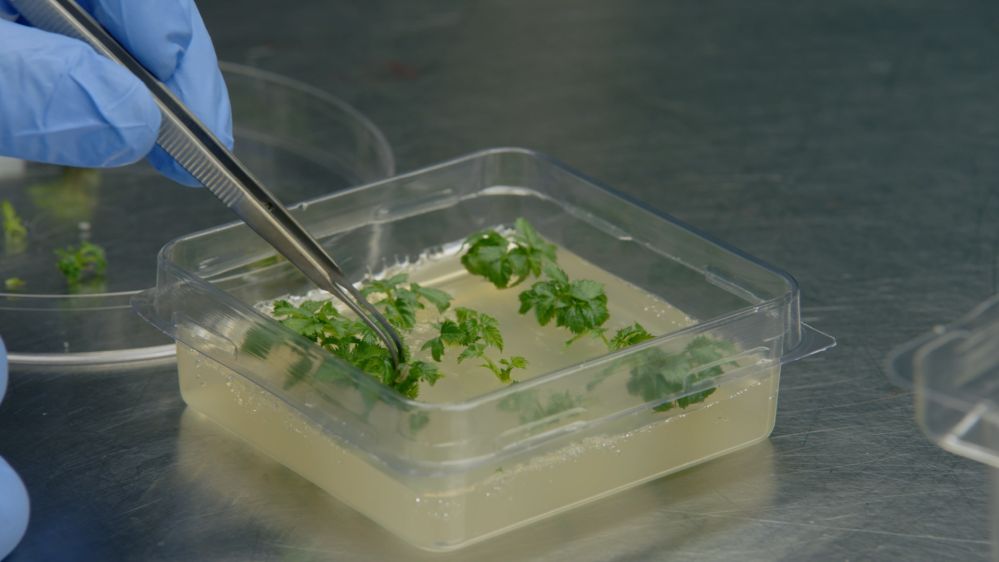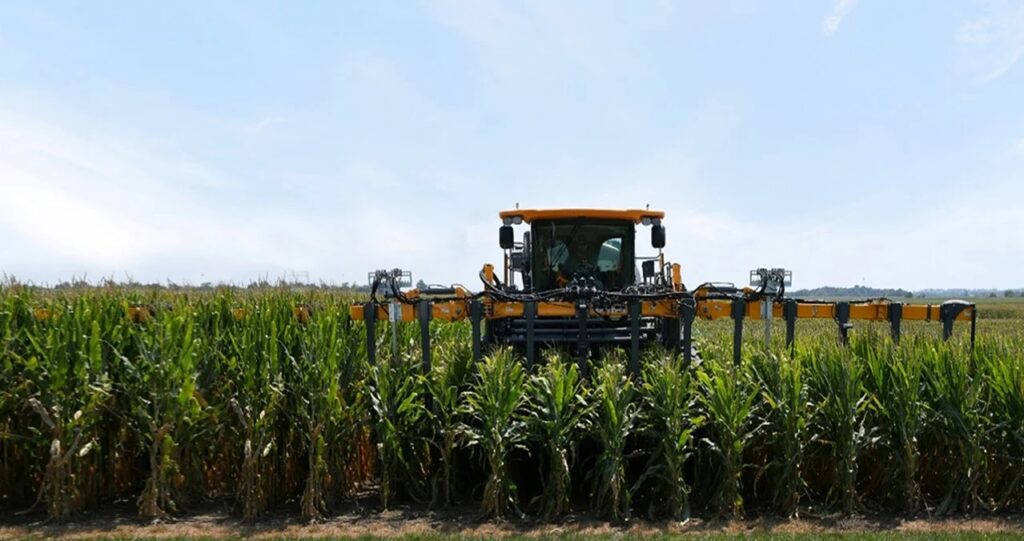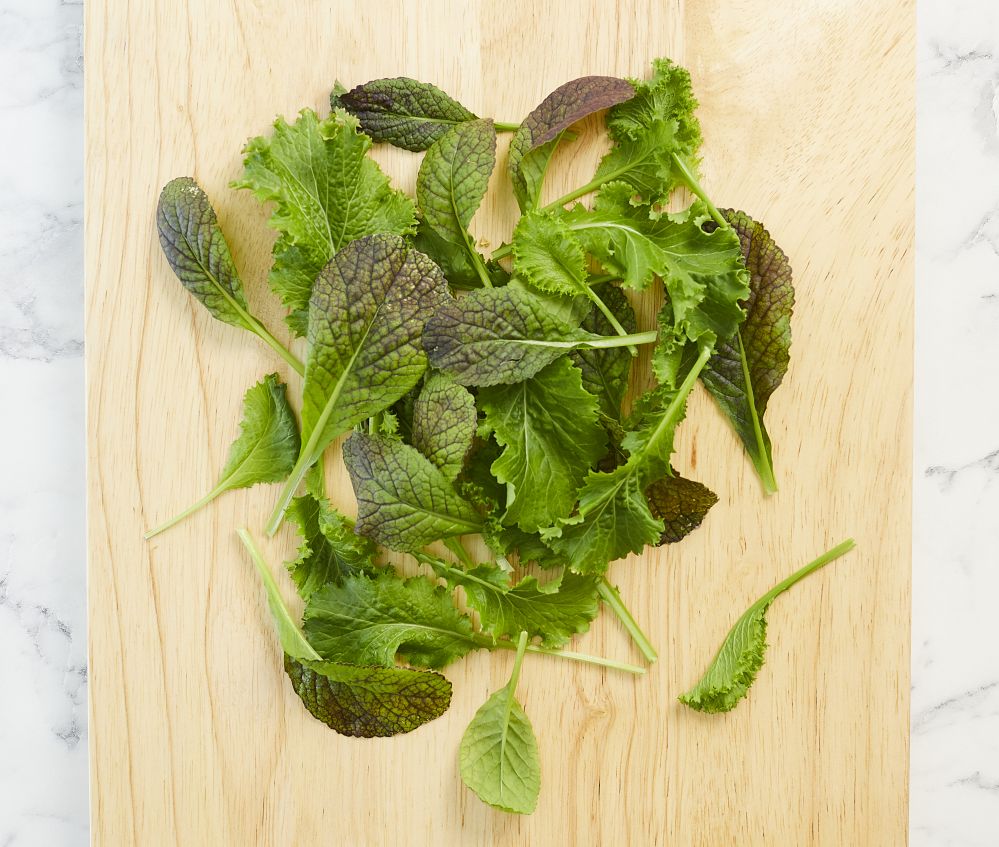CRISPR-Cas9 technology—billed as ‘programmable DNA scissors’— first hit the headlines in 2012. Since then, it has been used to create everything from pig kidneys that can be transplanted into humans to treatments for sickle cell disease. But what is its potential in plant breeding?
Unlike transgenic plants, which are classified as genetically modified organisms (GMOs) for regulatory purposes as foreign DNA from another species is introduced; gene editing (of which CRISPR-Cas9 is one example) involves tinkering with species’ existing DNA. And in most jurisdictions, it faces fewer regulatory hurdles.
So how does it work? In a nutshell, practitioners design guide RNAs (molecules carrying instructions about making proteins) to direct Cas9 (‘CRISPR-assisted’) proteins to DNA at specific locations in a plant’s genome, enabling them to make precise ‘edits.’ This might include deleting or inactivating a gene responsible for an undesirable trait, for example.
Pairwise, a pioneer in the space, also has other tools in its toolbox aside from this basic ‘cutting’ tool, including ‘base editing‘ and ‘templated editing‘ enabling it to create the “same sort of nuanced changes that occur in nature.”
To make use of CRISPR technology, of course, you also need to understand the DNA sequences that control different traits in plants that you want to edit, says Pairwise cofounder and CEO Dr. Tom Adams, who has spent years probing the natural diversity in domesticated plants’ wild relatives to understand what is and isn’t possible with CRISPR.
A microbiologist and plant scientist who spent 18 years at Monsanto, most recently as VP global biotechnology, Adams cofounded Pairwise in 2018 with Dr. Haven Baker, Dr. David Liu, Dr. Feng Zhang, and Dr. Keith Young.
AgFunderNews (AFN) caught up with Adams (TA) to give us the lowdown on how CRISPR can be used to create everything from seedless blackberries to corn ears with 20% more kernels…
AFN: When did it become clear that CRISPR could play an exciting role in plant breeding?
TA: It was probably around 2013 or 2014 when I was at Monsanto that it became really clear that CRISPR was going to matter for us. We were looking at how we could integrate it into the pipeline at Monsanto and looking at exciting startups that could make things move faster, and we didn’t really find what we’re looking for.
So I started working with our venture group and I got excited about the idea of a company that was about more than just corn and soybeans [the focus at Monsanto], which are mostly for feeding animals and cars, but could also have an impact on other crops that people interact with more directly.
My general feeling was that a big part of the reason that people don’t like GMOs is they don’t experience the benefits themselves, or at least not directly, and I saw an opportunity to set up a company that could have a much broader purview on gene editing than Monsanto.
And so we set up a deal in 2018 [closing a $25 million series A round co-led by Monsanto Growth Ventures and Deerfield Management] and at the same time set up a five-year collaboration with Bayer [which acquired Monsanto that year] in which it invested $20 million a year, so we built up a really big technology platform.
AFN: What’s exciting about CRISPR over existing plant breeding tools?
TA: GMO technology has been really powerful for insect control and weed control. But it’s much harder [using these tools] to do some of the more subtle changes that breeders select for. With CRISPR, you’re working with the native gene and you’re modifying it in ways that nature has already done in other varieties of the same plant.
It’s also very precise. For instance, if you had a red apple with all the traits for disease resistance and great yields and so on, but consumers wanted a yellow apple, you could take that red apple and just mutate one gene that causes a conversion from yellow to red and make it so it stays yellow. But all of the other properties—the yields, the disease resistance—would stay the same.
The other thing is, when you’ve been breeding something for a long time [to home in on specific traits such as yield], you can create these kinds of genetic bottlenecks. So you’ve got really great yields, but parts of the genome [responsible for great flavor, for example] have been selected down. But if you want to bring back that flavor [by cross-breeding with wild varieties that taste better], you don’t want to bring in all 30,000 genes [from the wild variety], you only want to bring a few and CRISPR can be a tool to make that happen.
It’s a lot more efficient to go in and change the couple of things that you want, rather than trying to sort through a million progeny [of parent plants] to find the one that has just the right combination of things you want.
Breeders tend to pick the traits that are most important such as productivity, and they’ll score those higher when they’re looking at progeny and which ones they are going to carry forward and over time you might lose some flavor, for example. With CRISPR, you can say let’s keep the really good flavored one and then just make it more productive, because we know which gene really drives productivity.

AFN: What’s in the gene editing toolbox at Pairwise?
TA: Through the work we did with Bayer we’ve probably made more edits than certainly anyone in plants and that’s given us a lot of knowledge about how to design editing tools. But we’ve also created a proprietary set of tools that are not limited by other people’s IP. So it’s an attractive platform and we’re trying to make it easy for people to essentially license the whole set of tools.
There are three kinds of editing [in the Fulcrum platform]. First, traditional CRISPR, so think of the scissors that cut the DNA so you can basically kill a gene fairly well to eliminate an activity. Then base editing allows you to create small modifications to a gene. So instead of scissors you can think of it as an eraser so you can change one base [one of the four chemical building blocks that make up the DNA molecule] so that a single amino acid changes, which is what we did to create corn with more kernels [see below].
And then there’s templated editing or prime editing, which allows you to change multiple bases.
AFN: How do regulators view CRISPR gene editing vs some other genetic engineering tools?
TA: I think we’re getting closer to a global acceptance of CRISPR being treated more like a breeding product than a GMO product, which I think is appropriate because you’re working with natural variations within a species, you’re not bringing in DNA from another species, although the way GMOs are viewed [by regulators] is overkill in most countries.
However, there’s a debate over how many changes [genomic edits] you can make before it’s not seen as a ‘natural’ change. Is it 10 changes or 20 changes? When does it become a different gene? And that’s where there’s a lot of difference around the world. The South American countries tend to be the most open to it. And then Europe is working towards something that will be a lot like what the United States has.

AFN: Tell us more about the work with Bayer on corn…
TA: So as part of our founding relationship we worked with them exclusively on corn, soy, cotton, wheat, and canola and Pairwise has since handed off 27 different variants that are now in their pipeline being tested. One example was short stature corn which we developed using technology called base editing [using enzymes to directly convert one DNA base into another], which allows you to make very subtle changes.
Bayer was working on short corn using GMO technology, but due to the regulatory environment in Europe [where the cultivation of GMO crops is limited and tightly controlled], they asked us to use gene editing to try to create a new version. The hope is that because it is a big sustainability play, it could be the tip of the spear to help drive acceptance [of gene editing tech] in Europe.
Usually corn can grow to 9-10 feet tall, which means you have to fly over it to spray fungicide, whereas if it’s 6-7 feet tall, you can access it from the ground, plus it’s more robust in the face of big storms, strong rains or heavy winds.
We’ve only been working [on the gene edited short corn] for about a year, but we do have plants that have advanced into the greenhouse.
We also developed corn with a 20%+ increase in kernel row numbers, which could lead to significantly more yield on the same number of acres.
Normally corn will have around 16 rows of kernels per ear, but there’s a gene that’s been known by corn geneticists for a long time, where if you lose the function of the gene, the ear loses control of the number of rows of kernels that are made. So we use base editing technology to target a single amino acid where we made some specific changes and we’re able to make plants with ears that have 18, 20, 22, even 24 rows.

AFN: What other crops have you been working on and why?
TA: Broadly, Pairwise looks for things that will help consumers eat more fruits and vegetables such as convenience and year-round supply. For instance, blueberries became available every day in the early 2000s after 60 years of breeding, and consumption numbers went up dramatically. On convenience, look at citrus fruits, where consumption was shrinking until we had easy-peel mandarins. You see the same with seedless grapes.
So we started looking at what we could make seedless, so we’re working on pit-less cherries and blackberries, where we’ve been able to eliminate that hard tissue around the seed so the seed is edible, like it is in seedless grapes, which are not technically seedless, but have seeds you can eat rather than hard pits.
And that’s where we think the blackberries are going to end up. They are still going to seed, there are still viable seeds that you can produce new blackberries from, but they won’t get stuck in your teeth. We’ve also created a couple of other interesting phenotypes. One is to get rid of the thorns, which are a real problem for pickers, and the other is to change the architecture of the plant to create this more compact structure. The yields per plant may be a little lower, but you can fit three times as many plants in the same space, so that can deliver a really significant increase in yield.
We’ve tested the compact growth phenotype in some greenhouse trials, and we expect to have it in field trials early next year. The other thing is that normally berries require a cold period. And these berries don’t, so even if you have a warmer winter, they could still produce.

AFN: You’ve also been working on mustard greens without bitter notes?
TA: Consumers tend to eat salads made with less nutritious greens such as romaine or iceberg because the more nutritious ones can be bitter or fibrous. We thought if we could make mustard greens without the pungent wasabi taste, we’d have a really nutritious green that also tasted great.
AFN: You originally launched the greens under the Conscious brand, but are now stepping back from developing your own consumer products?
TA: We sold the greens into the foodservice channel last year and did a little bit of retail, and got a great response, but we realized that it makes more sense to invest our dollars in creating more products and then partnering with the right people to get them to market. Pairwise is a technology company, not a marketing company.
So Bayer has now taken on the greens, which makes sense as they have a big vegetable seed business and really big market reach and can get this product to more people faster than we would have been able to do.
AFN: Tell us about your business model going forward?
TA: For the blackberries and other products, there’s some different options for how we would partner. We have exclusive rights to the invention of base editing [developed by Pairwise cofounder Dr. David Liu at Harvard] and we sub-licensed that to Tropic Biosciences [for work on coffee and bananas].
With plant science company Solis Agrosciences, we’ve granted a tech license for them to use all the tools in our Fulcrum platform.
AFN: What is the scope of gene editing technology in plants… and what can’t you do with it?
TA: Plants do have some natural insect protection, so maybe we could exploit that through gene editing. But the one thing that transgenics probably does better than CRISPR right now is insect protection, for example the ability to use Bt proteins [insecticidal proteins produced by bacteria that some GM crops have been engineered to produce, eliminating the need for synthetic insecticides].
I think with herbicide tolerance traits, however [the focus of many GM crops in recent years], most of those you could probably make with CRISPR technology if you wanted to.
When it comes to disease, there’s a lot of natural disease tolerance that occurs in plants and with Bayer for example we’ve created some soybean varieties tolerant to Asian soybean rust, which is a devastating disease impacting South American soybean production.
Drought tolerance and crops that can handle high soil salinity are tougher to do, though.
With nutrition, there are two approaches. One is what we’ve done with the mustard greens, where you take a plant that is naturally nutritious and make it more appealing by removing barriers to consumption such as taking out the bitterness. But there are other approaches. For example we have a black raspberry we’re working on, which is actually the native raspberry in North America. It is more nutritious [than red raspberries] but it has big seeds and some domestication problems. So we’re trying to domesticate it using CRISPR to make it more like a red raspberry.
There’s also a group in Japan called Sanatech which has created a tomato that high higher levels of gamma amino butyric acid (GABA) which has a number of health benefits.




